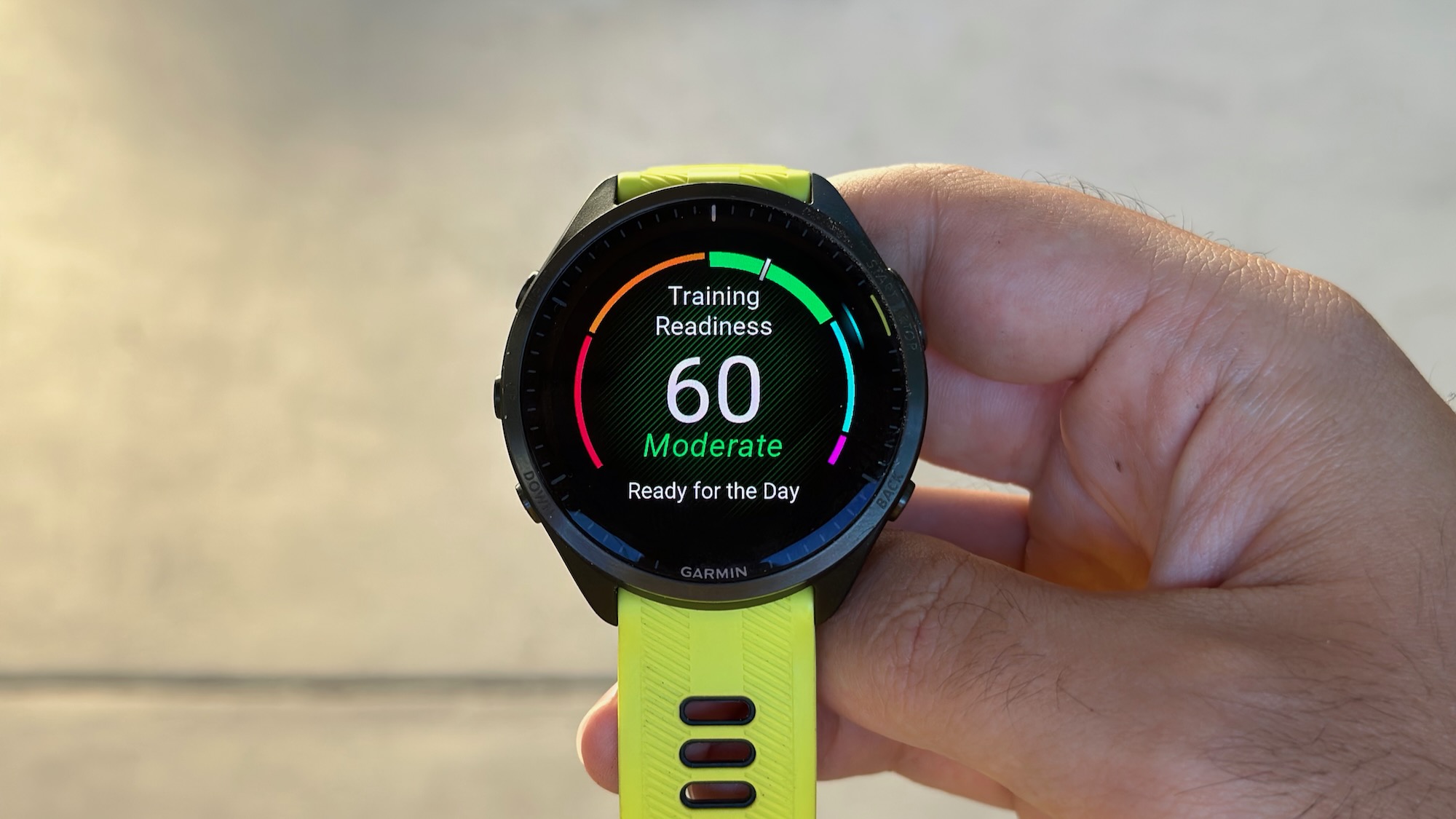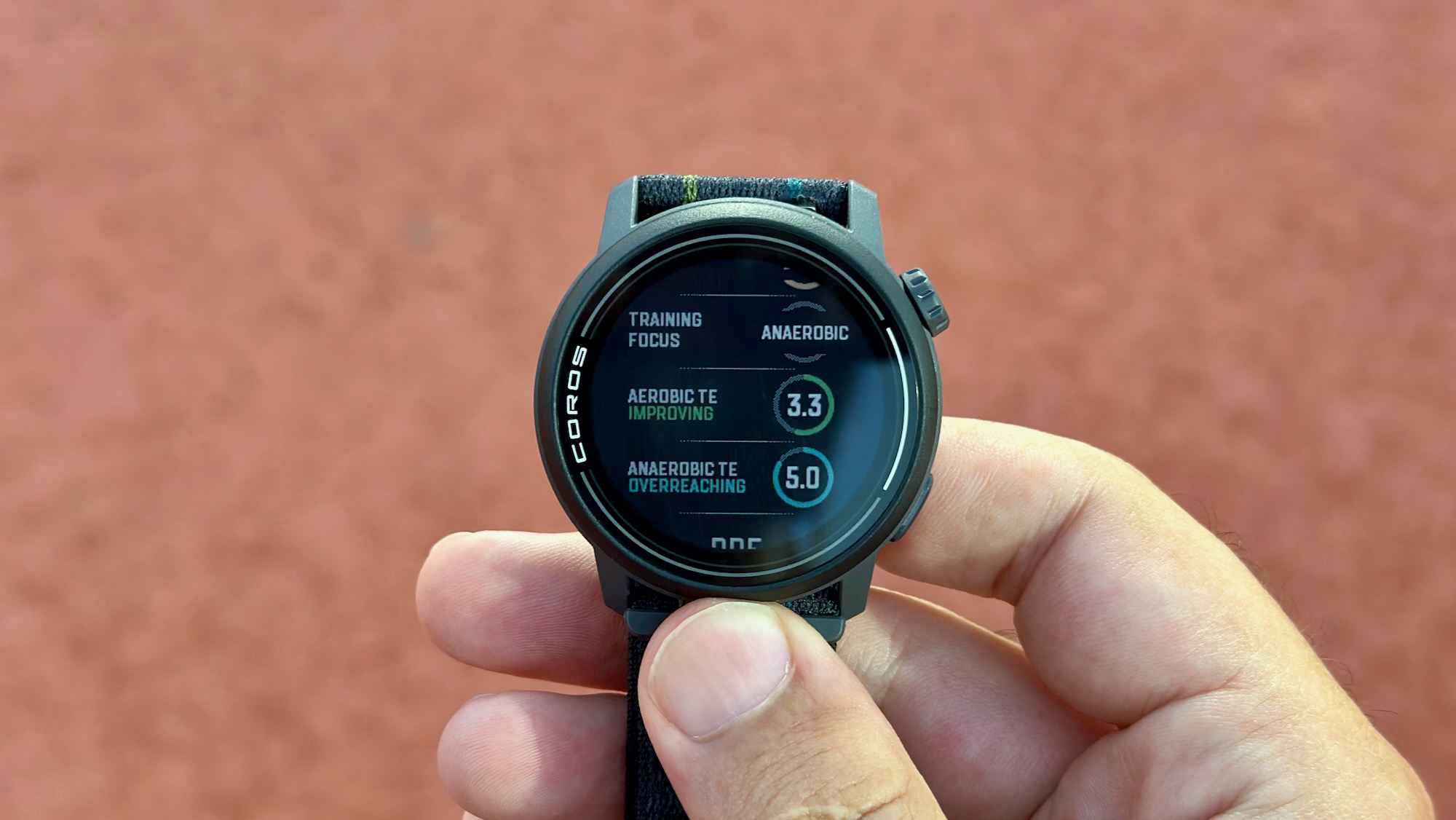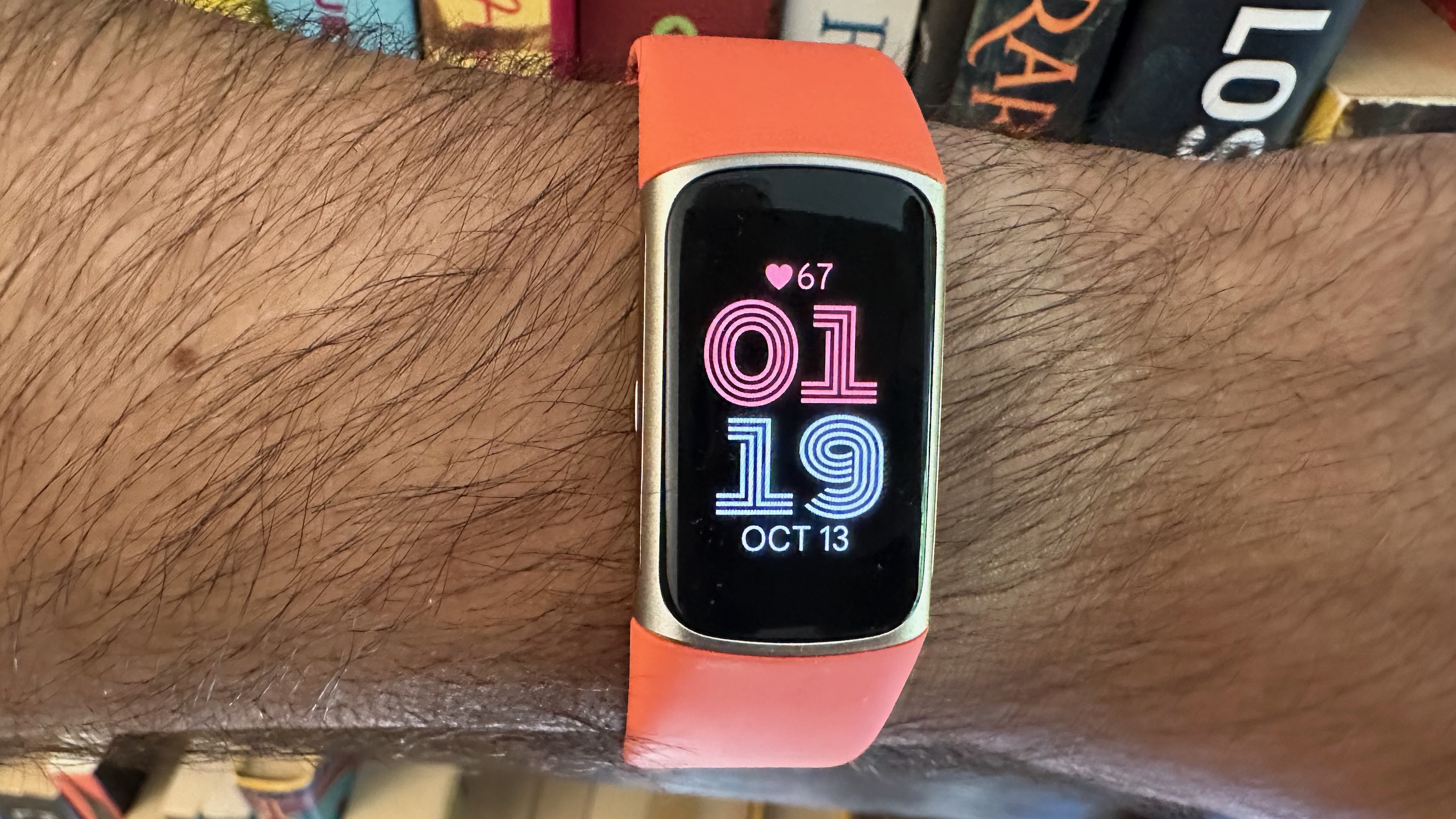It's past time for fitness watches to promise proper software updates
The fear of buying a Garmin watch, only for a new model to arrive a year later with game-changing tech you won't receive, is real.

When you buy a phone, tablet, or smartwatch today, you know exactly how many years of software updates it'll receive — such as three years for the Pixel Watch 2 or four years for the Galaxy Watch 6. However, buy a Garmin, Fitbit, or any other fitness-branded watch, and it's a total crapshoot to predict how long until it becomes an unchanging artifact, lapped by new tech designed to make it look obsolete.
I think it's time for that to change.

In his weekly column, our Senior Editor of Wearables and Fitness Michael Hicks talks about the world of wearables, apps, and fitness tech related to running and health, in his quest to get faster and more fit.
When $100-or-less fitness trackers were popular, you could expect whatever software came with it in the box, and not much else. And that's reasonable, in the same way that a cheap Android phone will get one OS update at most.
Now, companies regularly sell $400+ fitness watches with robust training and mapping software. But unlike comparably priced smartwatches, these watches have mystery CPUs and next to no guarantee for how long they'll get proper support.
We know that the Pixel Watch 2 uses the Snapdragon W5 chip with 2GB of RAM, and that both Google and Qualcomm are invested in making it perform well for years. Choose a fitness watch instead, and you're unlikely to know what performance gains it offers over previous generations, even if you take it apart and study the proprietary components.
With Garmin, for instance, I know generally that Fenix or Epix watches have the best performance to enable the latest software tricks, while an Instinct watch typically has slower performance. But I don't know the magnitude of the difference, which makes it hard to judge how much to spend so my watch has the capacity to learn future tricks.
In most cases, designing a fitness watch or tracker is all about balance. You have to make it compact enough to keep it thin, clocked low enough that the battery can last a couple of weeks, and somehow robust enough to power all of the sensors and satellites within.
Get the latest news from Android Central, your trusted companion in the world of Android
Once you strike that balance, you can't just add new software willy-nilly a year later, not without overloading the finely-tuned equilibrium between design and performance. And just like that, your fancy, pricey wearable may get left behind — usually with no opportunity for a trade-in deal.

Garmin makes a point of updating its old watches a few months after new models launch. It dawdles long enough to tantalize its customers into upgrading; only after the launch window ends will Garmin begrudgingly add new features to the older models, assuming they aren't restricted by hardware limitations.
Just look at last month's massive Garmin feature dump of tools like Hill Scores, Training Readiness, Training Load Ratio, and Morning Report to last-gen Forerunner, Fenix, Epix, and Instinct watches. Garmin knows full well that if it sells a new model every year and then doesn't support year-old watches, people will stop trusting that the best Garmin watches will remain the best for very long.
My main issue is that it's never a guarantee that your watch will get a new feature. The fact that Garmin can charge $3,000 for a carbon-fiber MARQ watch without promising how long the watch will receive support is a problem!
I'm confident Garmin will give it years of updates, but it should be a matter of record, not of trust in the brand. And given that it's a redesign of the MARQ Gen 2 watch released in 2022, that makes me wonder if the hardware inside is already slightly dated compared to 2023 watches like the Epix Pro Gen 2. I might be wrong, but I have no way of knowing.
For another example, look at 2022's Garmin Forerunner 255, an excellent running watch supplanted by the Forerunner 265 less than a year later. Aside from the brand-new AMOLED screen, the 265's one upgrade was Training Readiness, which measures your body's readiness to work out based on recovery data, training load, HRV, sleep, and stress data. The Forerunner 255 measures every single one of those metrics individually, but Garmin still hasn't given it the capacity to convert that data into Training Readiness.
Is this because Garmin gave the 255 a lesser chip that can't handle the extra work of calculating it? We don't know because Garmin doesn't advertise performance gains per generation. Or is it reserving the feature to justify the 265's $100 price bump? Again, we don't know.

I want to give credit to COROS, a running watch brand and Garmin rival that seems to handle its updates better. All of its EvoLab training recommendations are the same across all watches, regardless of price. COROS even gave all of its devices a firmware update right before the COROS PACE 3 launched, ensuring PACE 2 owners had similar software and mainly had hardware reasons to upgrade.
This is the one exception I know of, however; if you buy an Amazfit watch or any other typical fitness watch, you might get updates up until the next model arrives, but rarely anything besides bug fixes after that.
I'm curious if Fitbit will be the next major brand to buck this trend and set an example for handling software updates. The early days of Google's Fitbit acquisition were a mess, as the Sense 2 and Versa 4 had last-gen features walked back or disabled. But maybe the Charge 6 will begin to reverse this trend.
Google set an impressive new standard with the Pixel 8 and its seven years of OS updates. This only applies to phones, of course — Google's way of challenging the supremacy of long-lived iPhones.
What I want to see is Google take a similar approach to Fitbit OS that it does to Wear OS. Not to make Fitbit's software a copy of Wear OS — you can always get the Pixel Watch 2 for a balance between smarts and fitness — but simply to give Fitbit's software a regular update cadence, with annual or quarterly benchmarks for when to expect new features.

I just began testing the Fitbit Charge 6 and genuinely like it thus far (keep an eye out for my review coming soon). But without diving into the details, it's fair to say that a $160 fitness tracker that eventually charges you for Fitbit Premium is a real investment when you don't know how long Google will properly support it — especially the Google apps. The company has a habit of removing features from older devices, after all.
Now, imagine if Google were to promise that the Charge 6 would get the same software updates as the hypothetical Charge 7 in 2024 or 2025. Or that the Garmin Venu 3 will get all the initial features of the Venu 4 in a year or two?
That may sound unreasonable, but we know that a $200 Apple Watch SE or $300 Galaxy Watch 6 will get new features from watches years from now that haven't even been designed yet. Why can't we expect the same software commitment from fitness watches, especially ones with similar (or higher) price tags?
I've come to accept that fitness watches' proprietary chargers are an unsolvable mess because they can't mandate that watches keep the same design from one generation to the next. But I do think it's fair to expect more from the unnamed budget CPUs placed inside fitness watches to leave enough leeway for proper updates a year or two down the line.

Michael is Android Central's resident expert on wearables and fitness. Before joining Android Central, he freelanced for years at Techradar, Wareable, Windows Central, and Digital Trends. Channeling his love of running, he established himself as an expert on fitness watches, testing and reviewing models from Garmin, Fitbit, Samsung, Apple, COROS, Polar, Amazfit, Suunto, and more.
